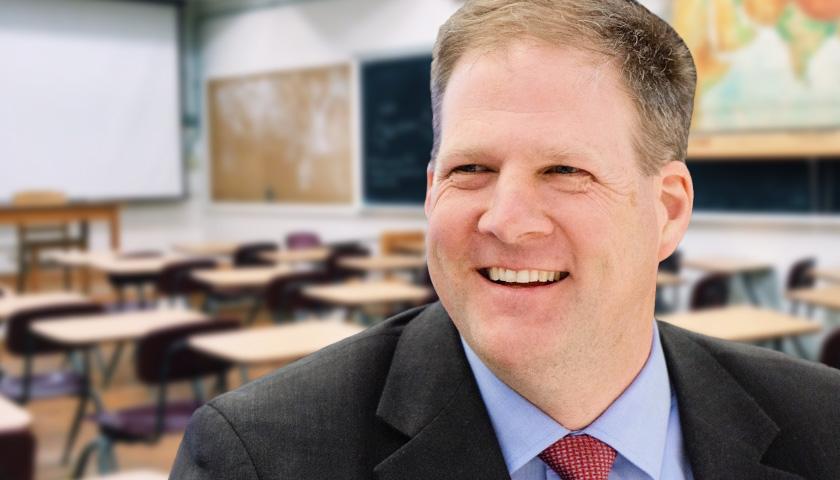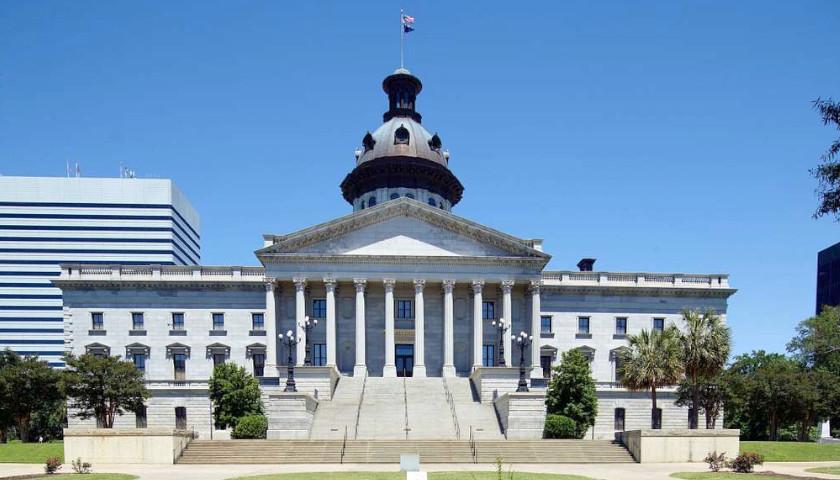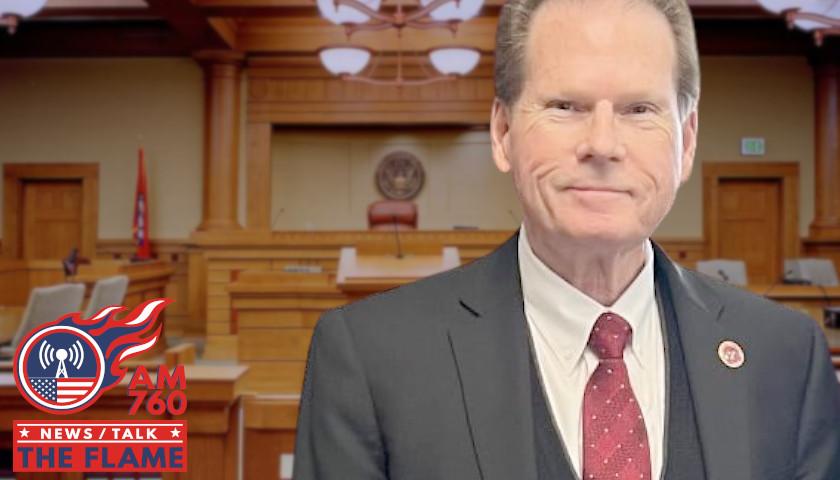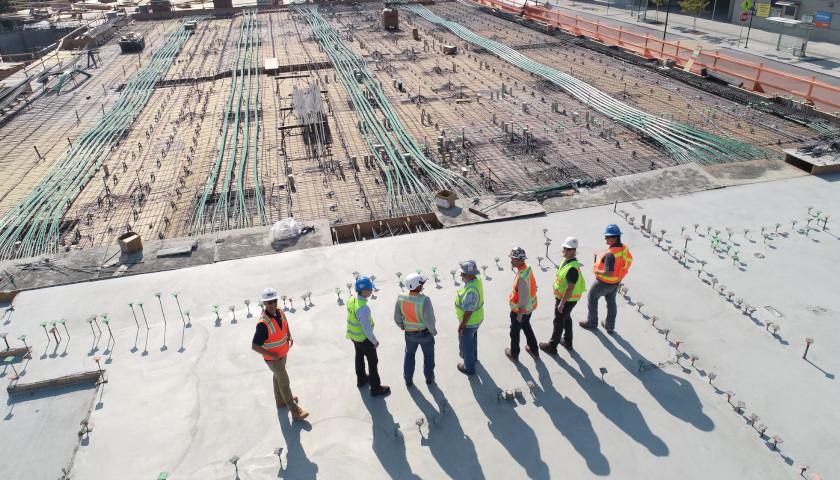by Mitchell Scacchi
Fewer students and falling test scores couldn’t stop New Hampshire politicians from pouring even more money into the state’s public school system. It is part of a decades-long trend of Granite State taxpayers spending more money to teach fewer children and getting declining results.
Gov. Chris Sununu (pictured above) bragged the FY 2024-25 budget “provides more money for public education than ever before.”
Senate President Jeb Bradley (R-Wolfeboro) and House Speaker Sherman Packard (R-Londonderry) released a joint op-ed: “In total, the budget increases state education aid by $169 million over the next two years. In fact, state per-pupil education assistance will increase by 31 percent over the next decade.”
It’s true. Over the next two years, the new budget adds $169 million in state money to K-12 spending. That translates to an expected increase of $1 billion over the next decade, according to the Josiah Bartlett Center for Public Policy.
The FY 24-25 budget spends nearly $299 million more in the Education Trust Fund than the previous budget, for a total of about $2.46 billion in the fund.
On a per-pupil basis, the FY 24-25 budget increases education spending on all fronts. It sets base adequacy spending at $4,100 per pupil, an 8.3 percent increase from FY 22-23. On top of that, it increases differential aid for each student eligible for free or reduced-price meals ($2,300 from $1,893), each student receiving special education services ($2,100 from $2,037), and each student who is an English language learner ($800 from $740).
But with enrollment steadily falling, the question some taxpayers are asking is, “Why?” If the number of students being served is going down, shouldn’t spending follow?
There were more than 190,000 public school students in the New Hampshire system in 2012. By the fall of 2022, that number had fallen to 161,755. And the problem is getting worse, not better. Between the 2019-20 and 2022-23 school years, there was a 5.9 percent drop in enrollment in public schools (a loss of more than 10,000 students).
There are several reasons for the continued decline, among them being New Hampshire having one of the lowest birth rates in the country and a fast-growing 55 and older population. Recent events have also contributed. The COVID-19 pandemic and subsequent school closures pushed many away from public schools, coupled with the introduction of Education Freedom Accounts and rise in charter schools in the state.
With declining enrollment and increasing spending, the total cost per pupil (which includes federal, state, and local spending) has also increased dramatically. From 1999-2000 to 2021-2022, the statewide average cost per pupil increased by 78.4 percent to $19,400. During the same period, public school enrollment diminished by a statewide average of around 22 percent.
Focusing on state funding alone, the average cost per pupil for the 21-22 school year was $5,704, an 18.8 percent increase in spending from the 11-12 school year while total enrollment dropped by 13.7 percent. Will that increase in state spending result in lower property taxes at the local level as taxpayers receive more state money to educate fewer students?
The budget also increases charter school funding by 29 percent from the previous budget. The governor is also expected to sign a bill expanding the income eligibility for Education Freedom Accounts by 16.7 percent. Both are acknowledgments of school choice’s increasing popularity in New Hampshire.
Perhaps with good reason. While test scores for traditional public schools just suffered a record decline, scores for charter school students have improved.
The Center for Research on Education Outcomes at Stanford University released a study showing “the typical charter school student in our national sample had reading and math gains that outpaced their peers in the traditional public schools (TPS) they otherwise would have attended.”
– – –
Mitchell Scacchi writes about politics and economics for NHJournal.com.
Photo “Chris Sununu” by Chris Sununu. Background Photo “Classroom” by Wokandapix.








